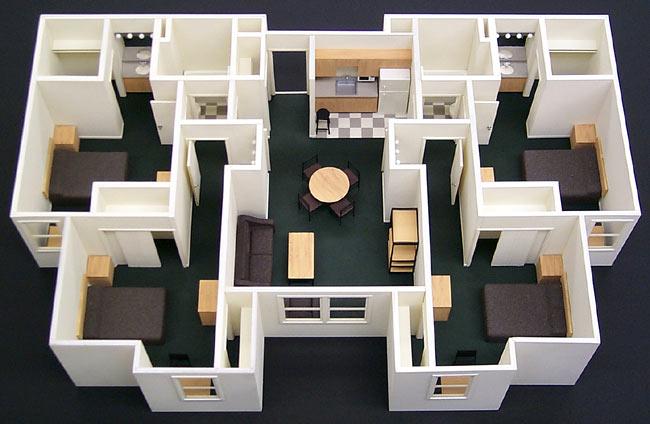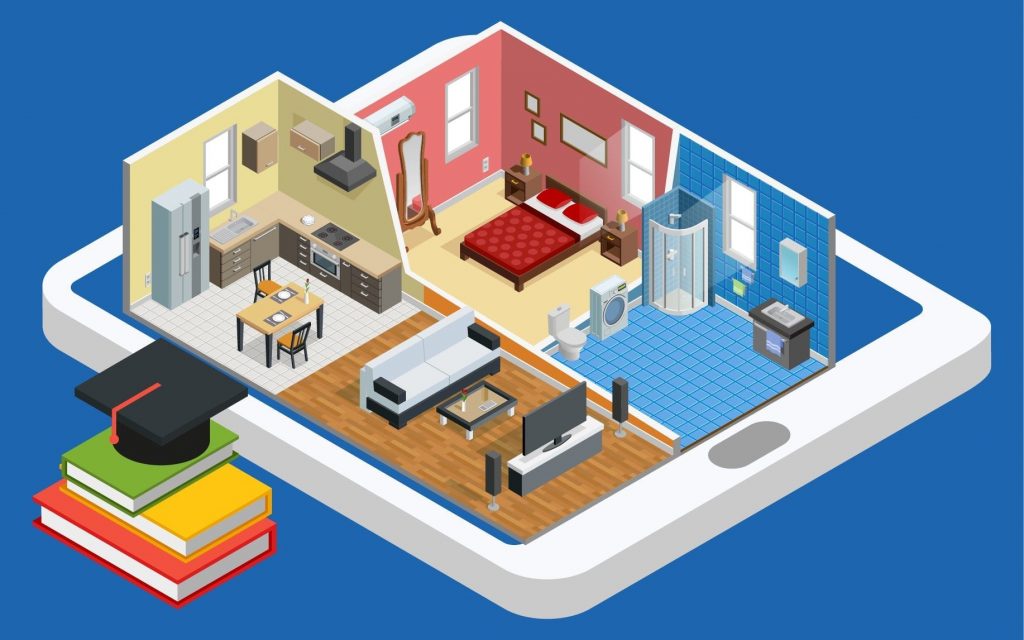Expert Rural Home Styling for a Peaceful Escape
Expert Rural Home Styling for a Peaceful Escape
Blog Article
The Art of Balance: Exactly How Interior Design and Home Architect Collaborate for Stunning Results
In the world of home style, striking an equilibrium in between appearances and functionality is no small accomplishment. This fragile equilibrium is achieved with the unified cooperation between indoor designers and engineers, each bringing their special experience to the table. The result? Spaces that are not only aesthetically stunning but additionally extremely livable. This ideal blend is not constantly simple to achieve. Remain with us as we check out the intricacies of this joint procedure and its transformative effect on home layout.
Recognizing the Core Differences In Between Interior Layout and Home Design
While both Interior Design and home style play necessary roles in creating visually pleasing and functional spaces, they are naturally different techniques. Home style primarily concentrates on the architectural elements of the home, such as developing codes, security guidelines, and the physical building of the area. It manages the 'bones' of the structure, working with spatial dimensions, load-bearing wall surfaces, and roof styles. On the various other hand, Interior Design is more concerned with enhancing the sensory and aesthetic experience within that framework. It includes selecting and preparing furniture, selecting color pattern, and integrating ornamental components. While they operate in tandem, their functions, obligations, and locations of experience diverge dramatically in the development of an unified home atmosphere.
The Harmony In Between Home Design and Interior Decoration
The harmony between home design and Interior Design depends on a shared vision of style and the improvement of useful looks. When these 2 fields straighten harmoniously, they can transform a space from ordinary to amazing. This collaboration calls for a deeper understanding of each technique's concepts and the capability to develop a natural, cosmetically pleasing atmosphere.
Unifying Layout Vision
Unifying the vision for home style and Interior Design can create an unified space that is both useful and cosmetically pleasing. The equilibrium begins with an incorporated frame of mind; engineers and interior developers work together, each bringing their proficiency. This unison of concepts creates the style vision, a plan that overviews the project. This common vision is necessary for consistency throughout the home, making sure a fluid transition from exterior design to indoor areas. It advertises a collaborating technique where architectural aspects enhance Interior Design parts and the other way around. The result is a natural living area that mirrors the homeowner's way of life, individuality, and preference. Thus, unifying the style vision is essential in blending style and Interior Design for spectacular results.
Enhancing Useful Aesthetic Appeals
Exactly how does the synergy between home style and indoor style boost useful aesthetic appeals? Engineers lay the groundwork with their architectural layout, making sure that the space is reliable and functional. An engineer could make a home with big windows and high ceilings.
Significance of Cooperation in Creating Balanced Spaces
The collaboration between indoor designers and engineers is crucial in producing well balanced rooms. It brings harmony between design and style, giving birth to spaces that are not just cosmetically pleasing however additionally practical. Discovering successful collaborative techniques can give understandings right into how this harmony can be efficiently achieved.
Balancing Design and Architecture
Equilibrium, an important aspect of both Interior Design and style, can only really be attained when these two fields operate in consistency. This consistency is not simply directory an aesthetic consideration; it influences the functionality, sturdiness, and eventually, the livability of an area. Interior designers and architects must comprehend each various other's functions, respect their competence, and communicate successfully. They must think about the interplay of structural aspects with design, the circulation of areas, and the effect of light and color. This collaborative procedure results in a natural, well balanced design where every element has an objective and contributes to the total visual. Harmonizing design and design is not simply concerning developing stunning rooms, yet regarding crafting spaces that work perfectly for their residents.
Effective Joint Strategies

Case Studies: Effective Assimilation of Layout and Design
Examining a number of study, it emerges exactly how the effective combination of Interior Design and design can change a room. The Glass Home in Connecticut, renowned for its minimalistic style, is one such example. Engineer Philip Johnson and indoor designer Mies van der Rohe worked together to create a harmonious equilibrium between the structure and the interior, resulting in a smooth circulation from the exterior landscape to the internal living quarters. Another exemplar is the Fallingwater Home in Pennsylvania. Engineer Frank Lloyd Wright and interior developer Edgar Kaufmann Jr.'s collaborative efforts lead to a stunningly unique house that blends with its natural environments. These case studies underline the profound influence of a successful style and architecture partnership.

Overcoming Difficulties in Style and Design Collaboration
Despite the indisputable advantages of an effective collaboration between Interior Design and style, it is not without its challenges. Communication problems can arise, as both parties may use different terms, understandings, and strategies in their job. This can lead to misconceptions and delays pop over here in job completion. One more significant challenge is the balancing act of aesthetic appeals and functionality. Engineers might prioritize structural honesty and safety, while developers focus on convenience and style. The assimilation of these purposes can be intricate. Furthermore, budget plan and timeline restrictions typically add stress, possibly creating breaks in the collaboration. Effective communication, common understanding, and compromise are crucial to get over these challenges and achieve a effective and harmonious partnership.

Future Patterns: The Advancing Connection In Between Home Architects and Inside Designers
As the world of click site home layout remains to evolve, so does the relationship in between designers and indoor designers. The trend leans in the direction of a more incorporated and joint approach, breaking devoid of standard roles. Architects are no longer exclusively concentrated on structural stability, however likewise take part in enhancing visual allure - Winchester architect. On the other hand, interior designers are welcoming technical elements, affecting overall layout and performance. This evolving symbiosis is driven by improvements in modern technology and the expanding need for spaces that are not only aesthetically pleasing but sustainable and likewise functional. The future guarantees a more natural, cutting-edge, and adaptive technique to home style, as architects and designers remain to blur the lines, fostering a connection that absolutely embodies the art of equilibrium.
Conclusion
The art of equilibrium in home design is achieved via the harmonious collaboration between interior developers and engineers. An understanding of each various other's disciplines, reliable communication, and shared vision are important in producing aesthetically magnificent, practical, and inviting areas. Despite difficulties, this partnership promotes development and advancement in design. As the connection between home designers and interior developers progresses, it will continue to shape future fads, boosting comfort, performance, and individual expression in our living areas.
While both indoor style and home design play essential duties in creating aesthetically pleasing and functional spaces, they are naturally different self-controls.The synergy between home style and interior design lies in a common vision of design and the enhancement of functional looks.Combining the vision for home style and interior design can create an unified living area that is both functional and aesthetically pleasing. Therefore, unifying the style vision is essential in mixing style and interior layout for magnificent results.
How does the harmony in between home style and interior style improve functional visual appeals? (Winchester architect)
Report this page